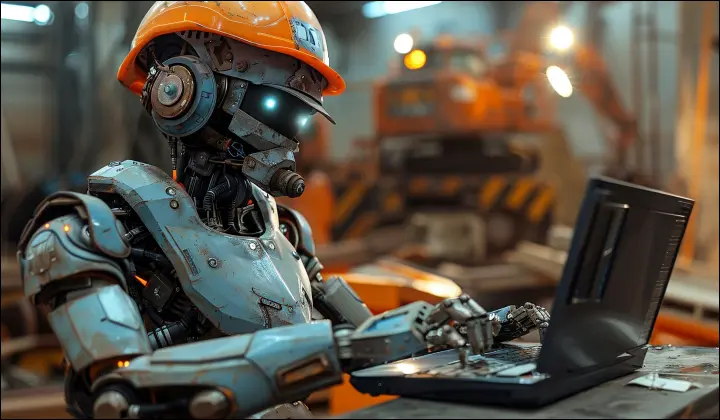In Formula 1, pit stops are measured in milliseconds.
Everything — tire changes, refueling, adjustments — happens in under three seconds. But behind that speed is something deeper: precision born from constant visual analysis.
Every movement, every angle, every deviation is captured, tracked, and improved using vision technology.
Now, imagine applying that same visual intelligence to a bottlenecked assembly station. Or a welding robot’s inconsistency. Or to catch surface defects invisible to the naked eye.
That’s what Computer Vision (CV) brings to the factory floor.












 7 mins
7 mins











 Talk to Our
Consultants
Talk to Our
Consultants Chat with
Our Experts
Chat with
Our Experts Write us
an Email
Write us
an Email





